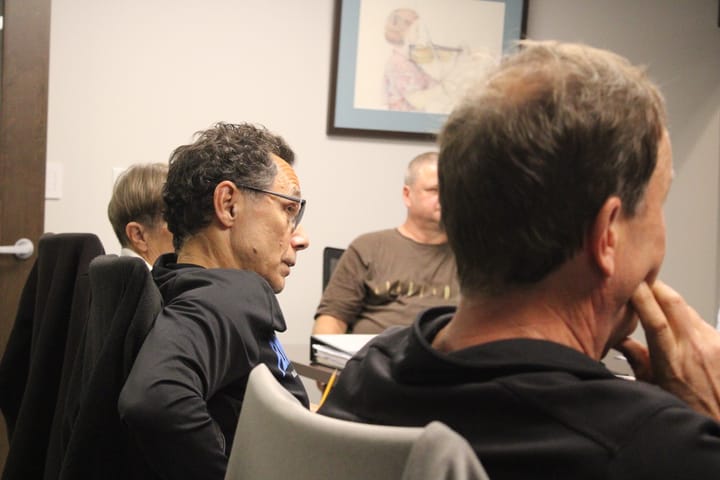Oxford Planning Commission works to finalize Bicycle and Pedestrian Master Plan
City planner talks possible new development incentives.
The Oxford Planning Commission met on Nov. 11 to work on finalizing the city’s Bicycle and Pedestrian Master Plan.
A report could be presented to the city council as soon as Dec. 16, according to Sam Perry, community development department director for the City of Oxford. If the council approves the report, engineers will work on creating a cost estimation of the proposed designs, which will allow the city to apply for grant funding.
Since April, the city has worked with a three-part consulting firm on the plan, including KZF Design, 143 Engineers and Bayer Becker.
KZF Design and the city gauged public interest for which areas are in need of improvement through in-person open houses, door to door interviewing and an online survey that 160 residents completed.
“I think this exercise helped the public see that there are some pros to changes,” Perry said.
Perry said the plan is moving toward widening sidewalks along the north-south streets in the historic Mile Square or adding bike lanes to provide protection.
The commission also discussed the city’s unified development code. Once finalized, the code will modernize zoning and subdivision regulations to combine them into a single zoning code, according to Zachary Moore, city planner and geographic information system (GIS) coordinator for the City of Oxford.
According to Moore, the unified development code would create a clear checklist of standards that developers would need to meet for their projects for when a zoning administrator reviews plans and permits.
Moore said he also wants to include non-required incentives for developers in the code.
For example, if a developer were to include an addition to their project, such as meeting a certain number of affordable housing units, or offering space for public art, they may shorten the zoning review process.
Moore discussed the potential of creating incentives for developers, including density bonuses and waiving certain code requirements or speeding up the review process for a development, likening them to a ‘fast lane’ pass.
“If you incorporate these kinds of things into your proposal, if you incorporate green infrastructure, if you do affordable housing set as size, these could be possible incentive credits,” he said as examples.
Moore said, overall, “I think this is very much aligned with our economic, and overall strategic plan that was adopted in June.”
“(This plan) talks about unifying this approach so that zoning supports rather than hinders economic development,” he said.



